The Shetland Bus played a crucial role in the British-Norwegian resistance movement during World War II.
During the German occupation of Norway, most Norwegians knew that small boats were shuttling people and weapons between Shetland—an archipelago off the northeast coast of Scotland—and the west coast of Norway.
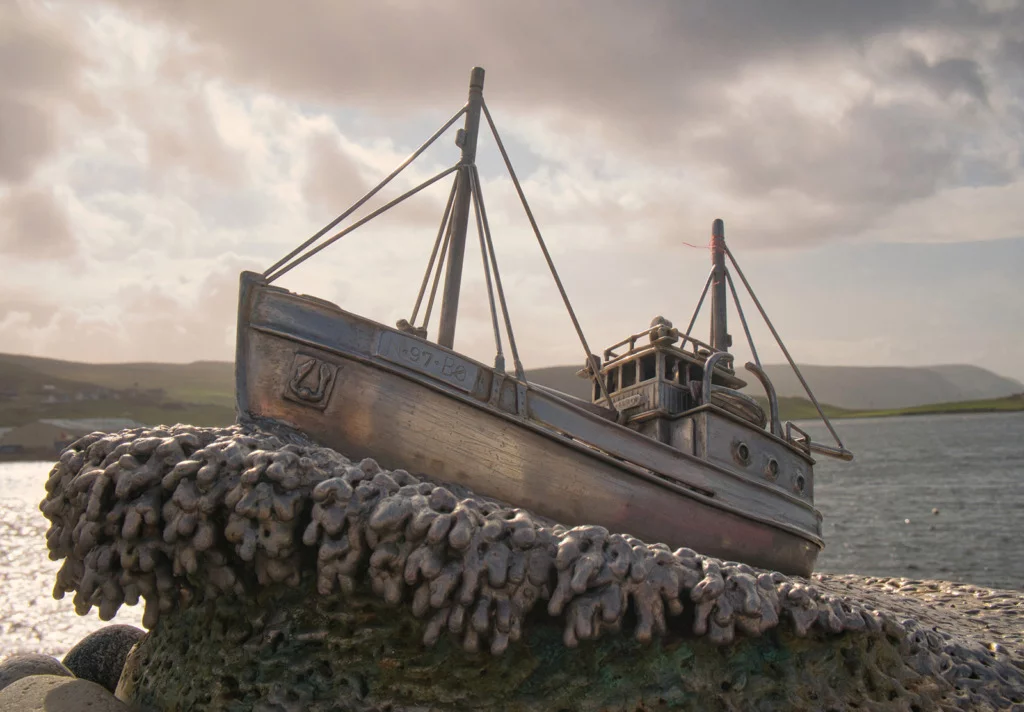
Under the cover of darkness, small fishing boats traversed the treacherous North Sea on secret missions. The boats were collectively known as the Shetland Bus. In Norwegian, the term was Shetlandsgjengen, or the Shetland Gang.
First informally and then as a formal part of the war effort, the Shetland Bus operated more than 200 trips. Soldiers, intelligence personnel and military supplies were transported along with those fleeing capture.
Together with Orkney, Shetland is steeped in Norse history and that legacy continues to this day. One can only imagine that local people were delighted to help the Norwegian resistance efforts.
Table of Contents
How the Shetland Bus came to be
Once Norway was invaded by German forces, the Shetland Islands became a key defensive location for Britain. It also quickly became a key resistance route between Britain and occupied Norway.
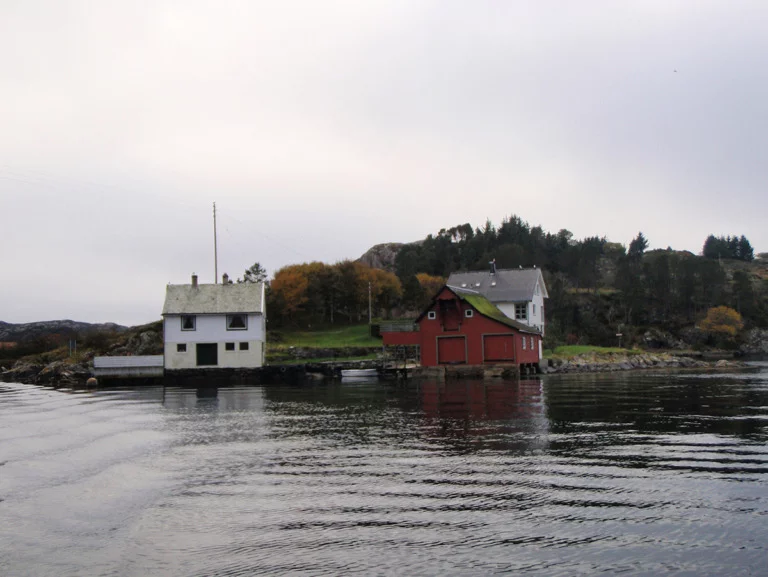
At the beginning of the war, small Norwegian fishing boats were used to transport intelligence and supplies, and offer Norwegian refugees passage to Britain. The operation was under British command, but later it became a joint effort.
Read more: World War II's Operation Claymore
When the German guard along the Norwegian coast was tightened in 1943, the Shetland Bus switched to three smaller American submarine fighters. This increased the success rate of the missions.
Riding the Shetland Bus
Because of the need to travel at night in the winter, crews and passengers were in constant danger from storms. The risk of discovery by German patrols at sea and in the air was great.
Although disguised as fishing vessels, the boats were armed with guns concealed inside oil drums on deck. Several missions were unsuccessful and 44 men were known to have died during the transports.
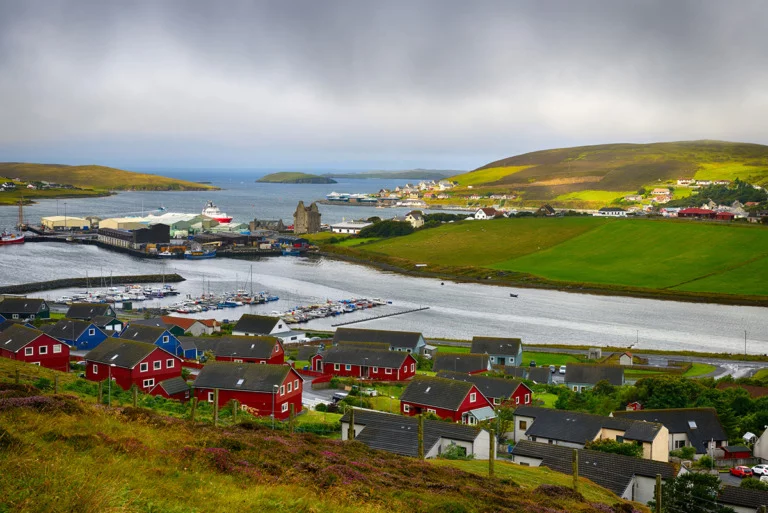
“We armed the ships as best we ocould against chance encounters, always bearing in mind that to appear as innocent fishing boats might often be their best chance of survival, so that the armament had to be invisible except as close quarters” – The Shetland Bus by David Howarth.
The Telavåg Tragedy highlights the risks took by anyone travelling the route or assisting the operation. In 1942, locals in the small Norwegian village hid two British agents.
Two Gestapo officers and a Norwegian informer were killed upon the discovery. Occupied forces quickly took revenge, burning every house in the village. Women and the elderly were imprisoned, while adult men were sent to German concentration camps. Almost half never returned.
Who operated the Shetland Bus?
The boats were crewed by young albeit expert sailors and fishermen with extensive local knowledge. Many brought their own vessels but some used boats that were “stolen”, with the owner's permission, of course.
Popularly known as Shetlands Larsen, Leif Larsen was a highly decorated Norwegian sailor. He was arguably the most famous of all who operated the route. Of the 198 trips to Norway, Larsen completed 52 of them.
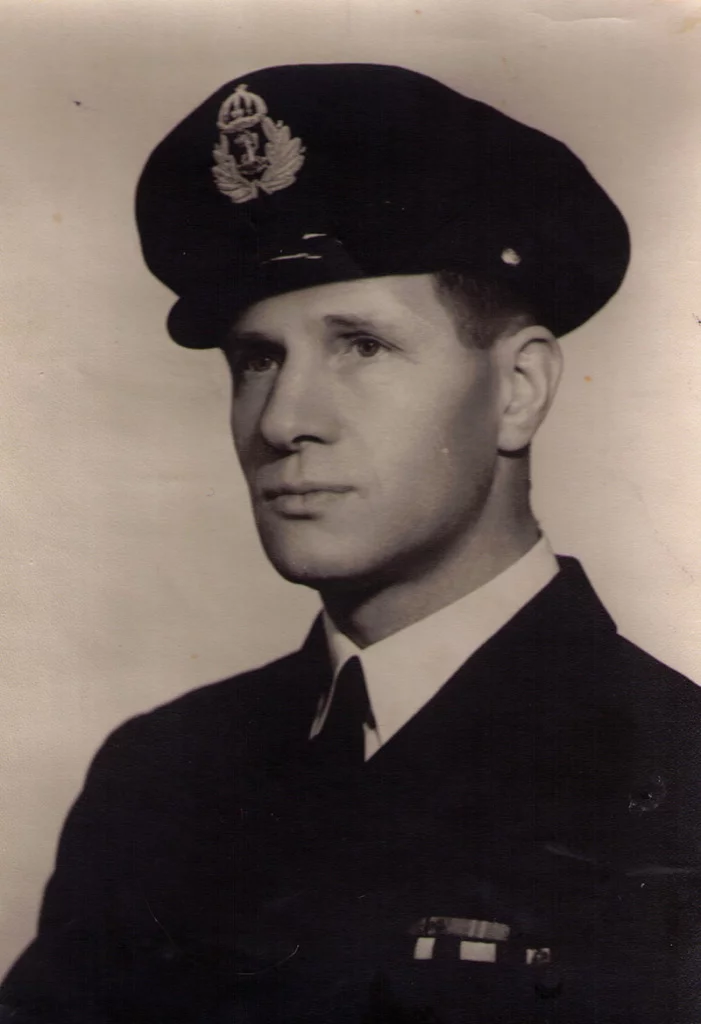
In 1943, Larsen and some of his crew escaped after German aircraft bombed his boat by rowing for several to reach the Norwegian coastline.
Following the war, Larsen received multiple medals in both Norway and Britain. According to Scalloway Museum, no other non-Brit has received more British medals.
“After he became skipper, he soon showed astonishing qualities of a rough and ready leadership and perfectly unshakeable courage, and a combination of confidence, bravado and luck which brought him through one adventure after another that would have broken the nerve of most men” – The Shetland Bus by David Howarth.
Kåre Iversen was another notable member of the gang. Discovered to be a member of the resistance, Iversen escaped capture to Shetland in the early days of the war. He then joined 57 trips across the North Sea. Following the war, he married a Scalloway girl and fathered three daughters.
Remembering the Shetland Bus
The village of Scalloway is now the centre of memories of the operation. Scalloway Museum hosts a permanent exhibition.
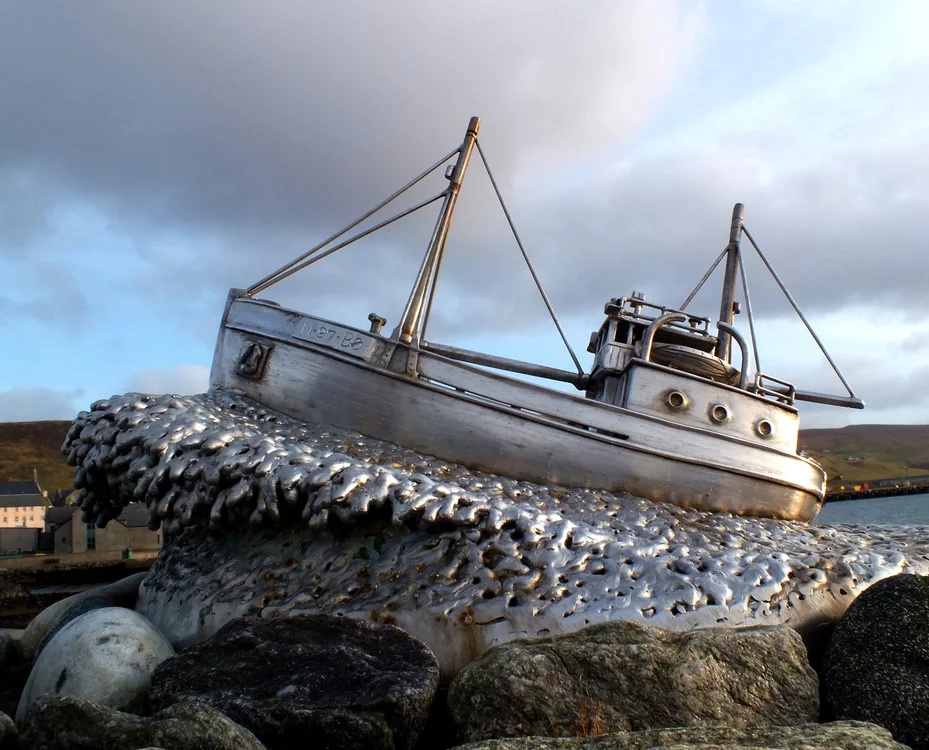
A small metal sculpture (pictured above) commemorates the service and those killed. The memorial sits on a plinth of rocks taken from the birthplaces of the 44 Norwegian crew that died during the operation. Their names are detailed on a plaque at the base of the sculpture.
Much of what we know today about the operation is thanks to the 1951 book, The Shetland Bus. Subtitled A classic story of secret wartime missions across the North Sea, the book chronicles the period through the perspective of junior naval officer David Howarth who helped set up the base.
A few years later, Howarth's book was used as the inspiration for the British-Norwegian film Shetlandsgjengen. Released in English as Suicide Mission, the film featured many real-life members of the Shetland gang playing themselves, including Leif Larsen.
In 1996, the Shetland Times published Iversen's memoir as I Was a Shetland Bus Man. A revised edition was reprinted in 2004, titled Shetland Bus Man.



Great struggle during the world war ll.l have learned more wonderful photo, information about the world war history. Yes l understand it all of Norway s history. But for my opinion all countries must be prepare a plan axactly again s invasion with all details.Norway has o plan also but no oppotunity to guarentee your freedem includings alliances.Our big man Kemal Atatürk said to US for future only your can thrust your forces that is İn your blood İn the blood-Vessel s.l wish to your all a peacefull bright future.
Great article. David Howarth’s book is excellent, as are the other books in his wartime trilogy, We Die Alone and The Sledge Patrol. We visited the museum in Scalloway in 2018 and it was fascinating — a great deal of information and history packed into a small space.
Maybe you would love to know it exist an italian novel (fiction) based on this history facts about the Shetland bus.
It’s called “Il coraggio salpa a mezzanotte” (the courage sails on midnight) by Andrea Atzori, published by Einaudi Ragazzi in 2019.
A lovely and very well written novel for young adults. As far as I know it’s only avaliable in italian at the moment.
There is also a monument,” Englands farten” on the quay side in Alesund with the names of all those from the area who escaped in various small boats, my father and uncles amongst them
My grandad (Sgt Thomas Almond) was part of the Shetland Bus Operation. Our family had no idea of his wartime escapades. When he died (1984/5?) he left behind no signs of his part in WW2; no medals – nothing. Infact, he never spoke of the war at all. It was only in the late 2000’s when my mum (his daughter) was researching our family tree that little bits of information came to light, including the book ‘The Shetland Bus’.
It is sad that we won’t know what happened during his wartime career as his file is sealed until 2032 under the official secrets act!!
My mother Mary Young Mcdonald was a nurse at Gilbert Bain Hospital in Shetland during ww2. She died in 2009 and it wasn’t until I was talking to my aunt (her sister) she happened to mention how brave my mother was during the war going out to meet injured soldiers at sea being brought from Norway to Shetland. I have tried to find out any information, but my relations are all gone now. Does anyone know if this could have been the Shetland bus.
The Shetland Bus wasn’t one boat – it was a collective name given to all the small fishing boats used to secretly move people to/from Norway
Thank you for your reply, yes that does make sense, much appreciated.
Two good books are The Jøssing Affair and the Quisling Factor, both by J.L. Oakley. They are historical fiction but the Shetland Bus is part of it.
I just saw The War Sailor a beautiful yet tragic story of Norway’s heroic merchant seamen in WWII. One of my best friends was on the Pueblo, captured by the North Koreans. Through him I learned of the horrors of war at sea and it’s affect on families and children.